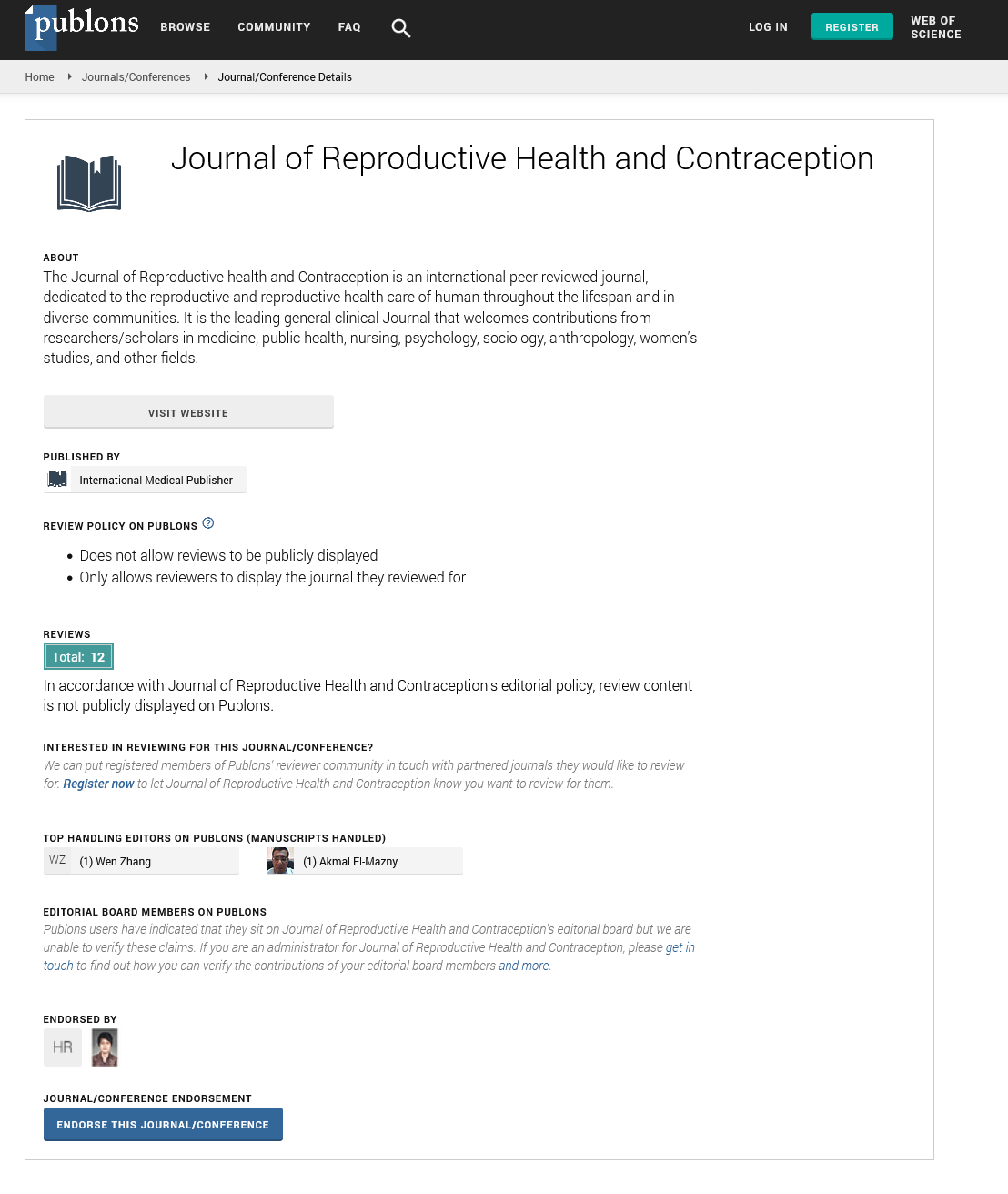ISSN : 2471-9749
Journal of Reproductive Health and Contraception
COVID-19: rationale for oro-nasal/respiratory hygiene with saline
Global Summit on Nursing care and Midwifery
May 26-27, 2021 | Webinar
Suzy Huijghebaert
Pro Bono Independent Research Support, La Hulpe, BE
ScientificTracks Abstracts: J Contracept Stud
Abstract
A high “viral load" is the most important factor in transmission of SARS-CoV-2, especially in households, but also at work or during activities (1). Superspreading can occur before or even without the infection being detected. Hence, there are good reasons to reduce the viral load at onset of COVID-19 infection. SARS-CoV-2 binds and invades the nasal ciliated epithelium and is released at its surface (2,3), so can be removed by simple saline rinse and gargling. Moreover, it is increasingly recognized that SARS-CoV-2 infects airways and lungs via micro-aspiration (3): unremoved, >109 copies liberated viruses or vesicles may easily develop and be inhaled. The rinse effect of 0.9% saline was recently qPCR-confirmed in a controlled study in hospitalized COVID-19 patients (pneumonia/no ARDS) (4). A dilution effect may additionally play a role as binding of the spikes to ACE2 is concentration-dependent: the higher the spike concentration, the higher their binding to ACE2 (5). Other benefits include (review:6): activation of ciliary beat and mucociliary clearance (delayed in COVID-19 (6)); hydration of dry mucosa (dry air, dry nose, also behind face mask); better gelling of mucus (improved cough clearance); avoiding ACE2 binding, overcoming ENaC blockade, while wetting lungs (compensating for lack of surfactant+improving compliance, as observed in premature babies, and reducing bio-aerosol (highest effect in superspreaders). Moreover, although saline does not kill the virus directly like an antiseptic, saline inactivates its replication in vitro, as well as inhibits proteases that are involved in its priming or regulation of the replication cycle; in vivo infectivity of 0.9% saline gargles in host cells is <10% (8). Clinical experiences in other respiratory infections support efficacy and safety at 0.9% and/or hypertonic saline. Hence, saline may be useful and reassuring first-line intervention from the first signs of common cold, overlapping with COVID-19.
Biography
Suzy Huijghebaert currently works pro bono as Independent Research Volunteer, thereby collaborating with academics, authorities and consumer organisations, performing health or medicine-related risk-benefit analyses in the interest of society. Having gone through an initial career from pharmacist-fundamental researcher (PhD in Pharmaceutical Sciences; microbiology- germfree/gnotobiotic research), she became trained in clinical research & development of medicines, as well as developed insights in word-wide health dynamics through international product management. Since 1990, she worked 25 years in various areas of medicine as Independent Consultant to the pharmaceutical and nutraceutical industry, in very different domains, including a.o. pharmacological profiling, expert report writing, health economics and life cycle management. Today retired, her ambition remains to share her versatile insights in the interest of society and to improve (pro bono) access to effective and safe medical devices, particularly for use in children, but also within the frame of the current COVID-19 pandemic (ORCID ID 2-5477-6838). Uchechi Opara (RN, MSc) has several years of experience working among women of childbearing age at a private primary care hospital. Her wor catered around pregnancy, labour, delivery, and post natal care, family planning, child health services and HIV care. She is currently a doctoral student in a university in Canada where she is researching on maternal health service utilization.
Google Scholar citation report
Citations : 201
Journal of Reproductive Health and Contraception received 201 citations as per Google Scholar report
Journal of Reproductive Health and Contraception peer review process verified at publons
Abstracted/Indexed in
- Google Scholar
- China National Knowledge Infrastructure (CNKI)
- WorldCat
- Publons
Open Access Journals
- Aquaculture & Veterinary Science
- Chemistry & Chemical Sciences
- Clinical Sciences
- Engineering
- General Science
- Genetics & Molecular Biology
- Health Care & Nursing
- Immunology & Microbiology
- Materials Science
- Mathematics & Physics
- Medical Sciences
- Neurology & Psychiatry
- Oncology & Cancer Science
- Pharmaceutical Sciences
